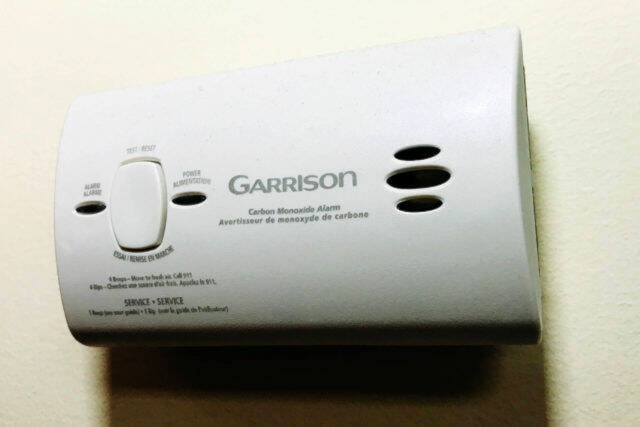Carbon monoxide is a “silent killer” that people need to be wary of now that the heating season is here.
With the cold weather set in over Alberta, people’s furnaces are working harder than they were a few short weeks ago with plenty of opportunity to release carbon monoxide into the home.
The gas is odourless, colourless, can be generated by a number of household appliances in addition to the furnace and kills by more readily bonding to the body’s red blood cells than oxygen does.
In some cases, where carbon monoxide is released into someone’s residence overnight, they can fall asleep and not wake up.
The home’s gas furnace, gas-heated hot water tank and even your wood stove can result in a build up of carbon monoxide in the home, which is why the servicing of the equipment leading up to heating season is so important.
Another cause of carbon monoxide build up in the home can be people warming up a vehicle in an attached garage.
“Don’t run a vehicle in garage,” said Stettler Regional Fire Chief Mark Dennis.
“You shouldn’t run a vehicle in a confined space.”
In the case of wood stoves the chimney’s should be swept to ensure they are clear of obstructions. With gas appliances, they should be assessed by appropriate professionals and repaired as necessary.
It is also worth noting that even with the checks, while the likelihood of problems is reduced they can still develop anytime.
Home owners should keep an eye on the top of their chimney as well during the winter months as they can get built up with ice and snow, particularly if running a high-efficiency furnace venting through an old chimney stack.
According to Dennis, homeowners who upgrade their furnace but choose to vent through the old chimney need to put in a liner to reduce the diameter of the pipe.
Enough heat needs to be generated to keep the chimney clear and high efficiency furnaces don’t exhaust as much heat as old models which results in the possibility of wider-diameter chimneys getting blocked off with ice due to condensation build up.
One piece of safety equipment that Dennis recommends for every home is a carbon monoxide detector.
While new homes require smoke and carbon monoxide detectors to come wired in, older homes do not; but, they can be picked up at most hardware stores. Like smoke detectors, carbon monoxide detector batteries should be checked every fall and spring with time change.
Dennis says that while combination smoke and carbon monoxide detectors are available, he personally recommends against them as they one, cost more, and two, don’t last as long.
According to Dennis, a smoke detector has a life of 10 years while a carbon monoxide detector has a stated life of five, but in his experience is closer to four.
“You’re paying more money for a combined unit that you are replacing more often,” said Dennis.
“It’s not to say they don’t work.”
Like smoke detectors, if your carbon monoxide detector goes off get out of the house and call 911.
